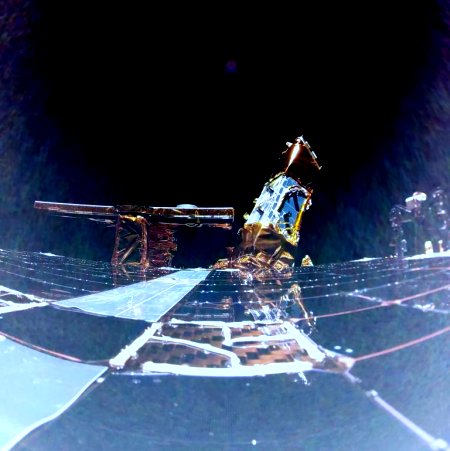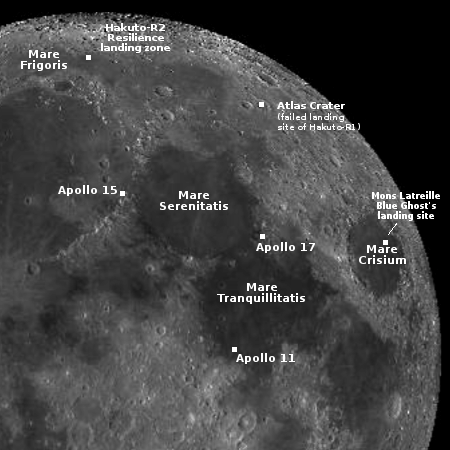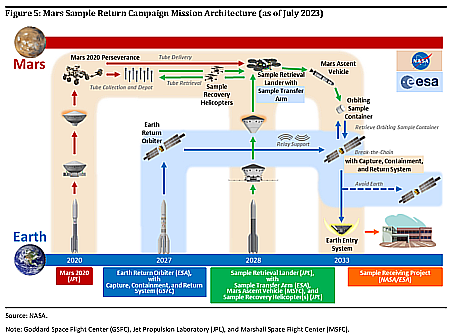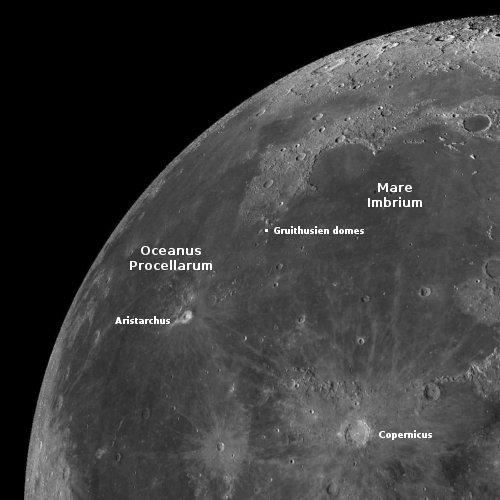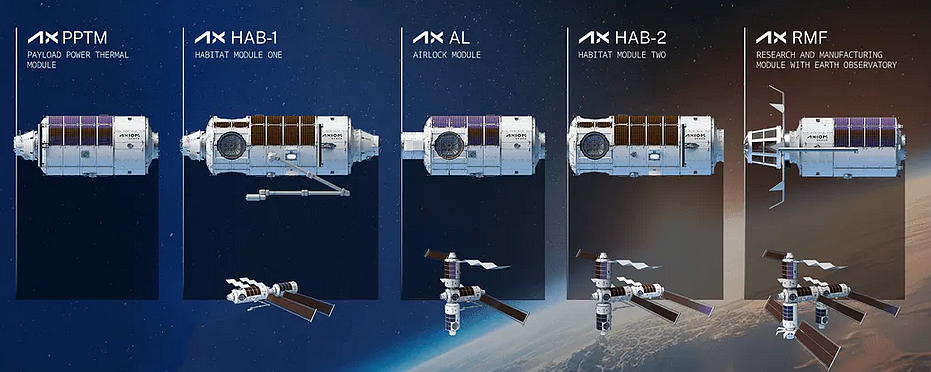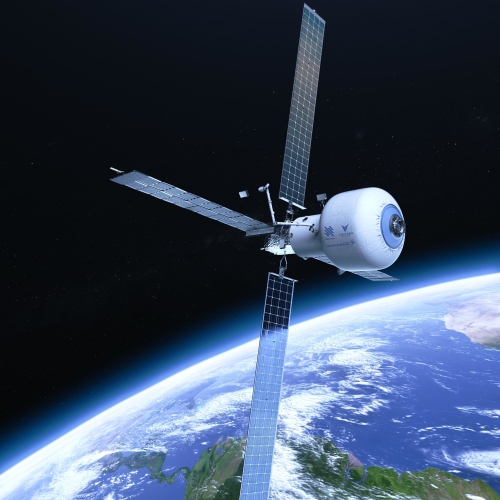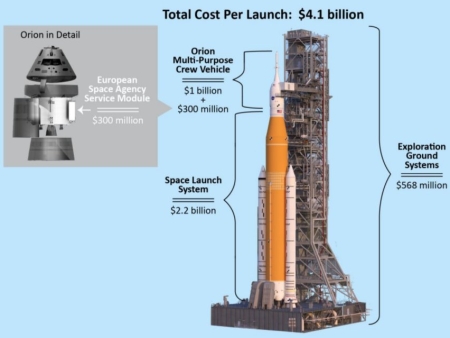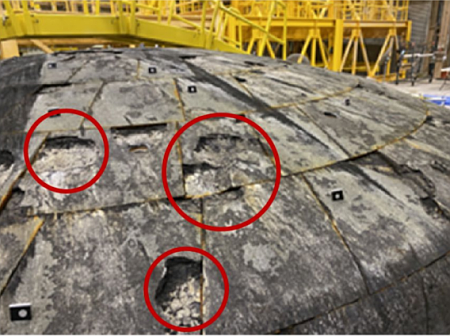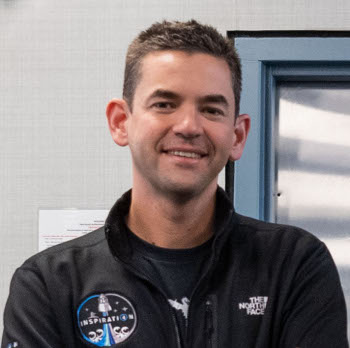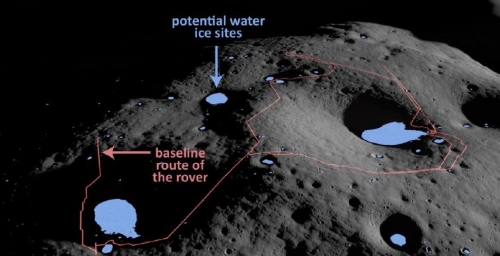Congresswoman calls for moving NASA headquarters to Florida
Congresswoman Anna Paulina Luna (R-Florida) has now publicly repeated Governor Ron DeSantis’ call to move NASA’s main headquarters from Washington to Florida, doing so by sending Trump a letter noting the reasons why such a move make sense.
“I write to you in support of relocating NASA’s Headquarters from Washington, D.C. to Florida’s Space Coast,” Luna wrote. “While Washington, D.C., has historically been the home of NASA’s headquarters, the rapidly evolving space landscape demands a more integrated and efficient approach to space policy. Florida’s Space Coast, home to key facilities like the Kennedy Space Center and Cape Canaveral Space Force Station, is uniquely positioned to support this transformation and strengthen America’s leadership in space exploration.”
The lease for NASA’s headquarters building expires in 2028. The agency has already put out a request for proposals for building a new building from scratch, at great cost. I suspect that expensive project is about to die, and the lease expiration will provide the Trump administration and Congress the motive for reducing staffing at headquarters most significantly, as well as moving it elsewhere.
Congresswoman Anna Paulina Luna (R-Florida) has now publicly repeated Governor Ron DeSantis’ call to move NASA’s main headquarters from Washington to Florida, doing so by sending Trump a letter noting the reasons why such a move make sense.
“I write to you in support of relocating NASA’s Headquarters from Washington, D.C. to Florida’s Space Coast,” Luna wrote. “While Washington, D.C., has historically been the home of NASA’s headquarters, the rapidly evolving space landscape demands a more integrated and efficient approach to space policy. Florida’s Space Coast, home to key facilities like the Kennedy Space Center and Cape Canaveral Space Force Station, is uniquely positioned to support this transformation and strengthen America’s leadership in space exploration.”
The lease for NASA’s headquarters building expires in 2028. The agency has already put out a request for proposals for building a new building from scratch, at great cost. I suspect that expensive project is about to die, and the lease expiration will provide the Trump administration and Congress the motive for reducing staffing at headquarters most significantly, as well as moving it elsewhere.

